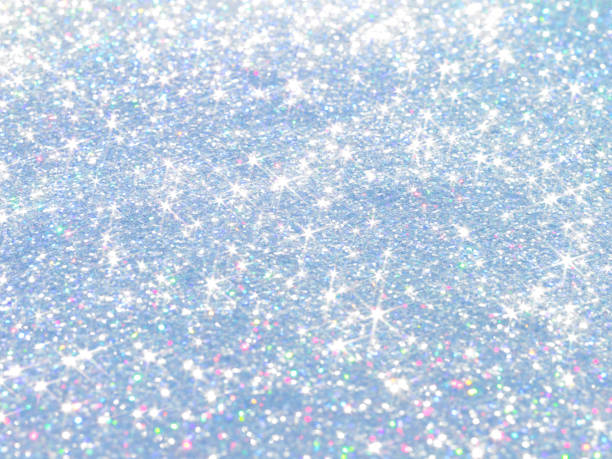Colorless and Colored Grading Scale All Entries

Diamonds come in all kinds of shapes, colors, sizes which determines their value. The more tint a diamond has, the lower it's overall value. The less color in a white diamond (the clearer it is), the higher the expected value.
Diamond buyers and sellers use a color grading scale which was created by the GIA. The diamond industry has adopted the color grading scale and most places that sell diamonds do so using the GIA color grading scale. But, this doesn't necessarily mean the diamond was certified by the GIA.
The color grading scale varies from D - colorless diamonds -- to Z -- light colored diamonds. You can find a complete diamond color grading scale explanation below.
Colorless Color Grading Scale
D, E and F grading -- Colorless
There is a difference in color between scales D E and F. However, they cannot be seen by the untrained eye. Instead, they can usually only be detected by a gemologist who has experience in diamonds and the color grading scale.
Beyond the color difference in the diamond itself, the diamond grades also complement certain metals. For example, diamonds that are graded in the D, E and F scale look better using white gold or platinum.
D, E and F color graded diamonds are all considered colorless ie; they are the clearest most pristine diamonds you can purchase.
G, H, I, J grading -- Near Colorless
G, H, I and J color grading tends to be a more common type of diamond and offer a better value for consumers. An I-J diamond, for instance, could sell for half the price of a D diamond.
G, H, I and J color grading diamonds also look best in platinum or white gold settings.
K, L and M grading-- Faint Yellow Tint
These grades generally have an almost yellow tint to them which makes it easier to see with the naked and untrained eye.
Because grades like K have a more noticeable tint, they tend to be half the price of a G diamond.
These K, L and M diamonds also look better with yellow gold, since they already have a yellowish tint to them.
N-R grading
These are considered one of the most affordable color grading types in diamonds - but they are also the diamonds with the most obvious tints of yellow or brown to them. These tend to be more difficult to find because there is much less demand for them. People would rather spend a little more on a higher color grading and have a better-looking diamond.
Z grading
When a diamond has a tint or a color other than brown or yellow, it's considered a fancy color diamond. Z color diamonds are pretty rare when they naturally occur in nature. Only around 1 out of ten thousand mined diamonds will have a Z rating. Naturally occurring colors often found in these Z diamonds are black, red, pink, blue, green and orange.
If colorless diamonds are worth more, the clearer they are, the opposite can be said for the Z color diamonds. These are actually worth more when the intensity is more obvious - the higher the intensity, the more valuable they become.
If you are interested in selling your used jewelry or have questions, visit Ralph Mueller & Associates or call 480.949.9229